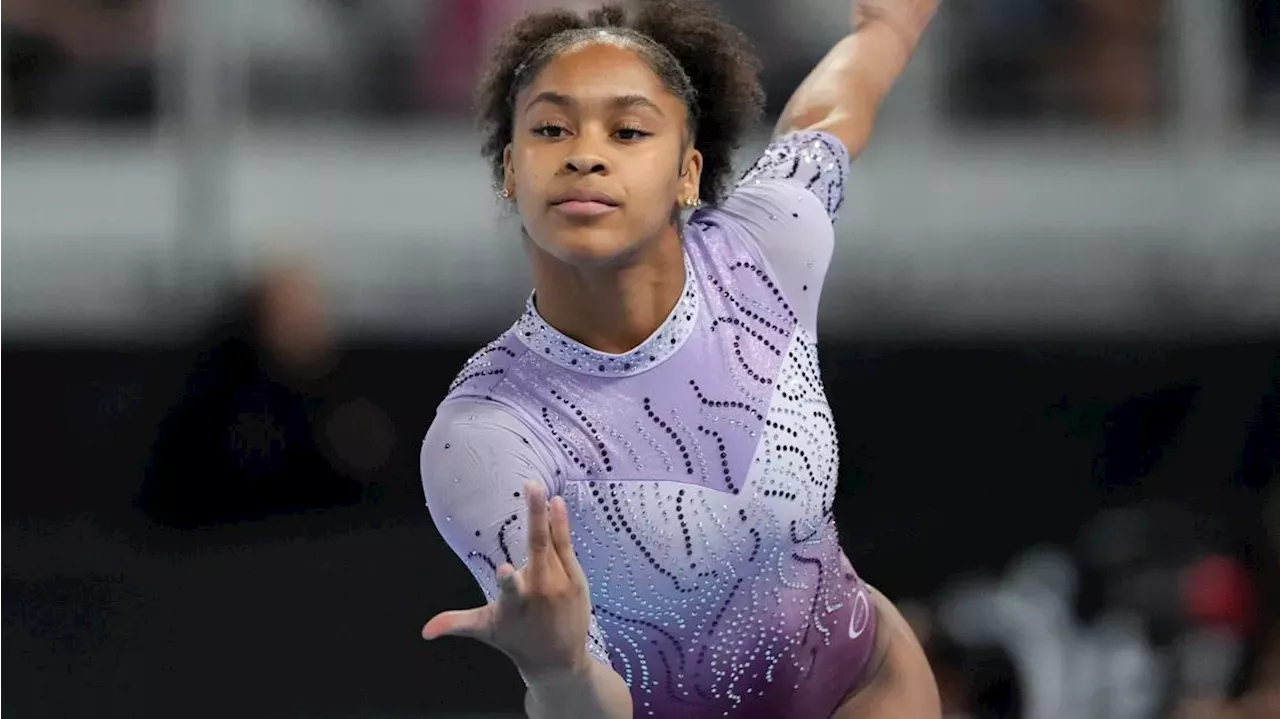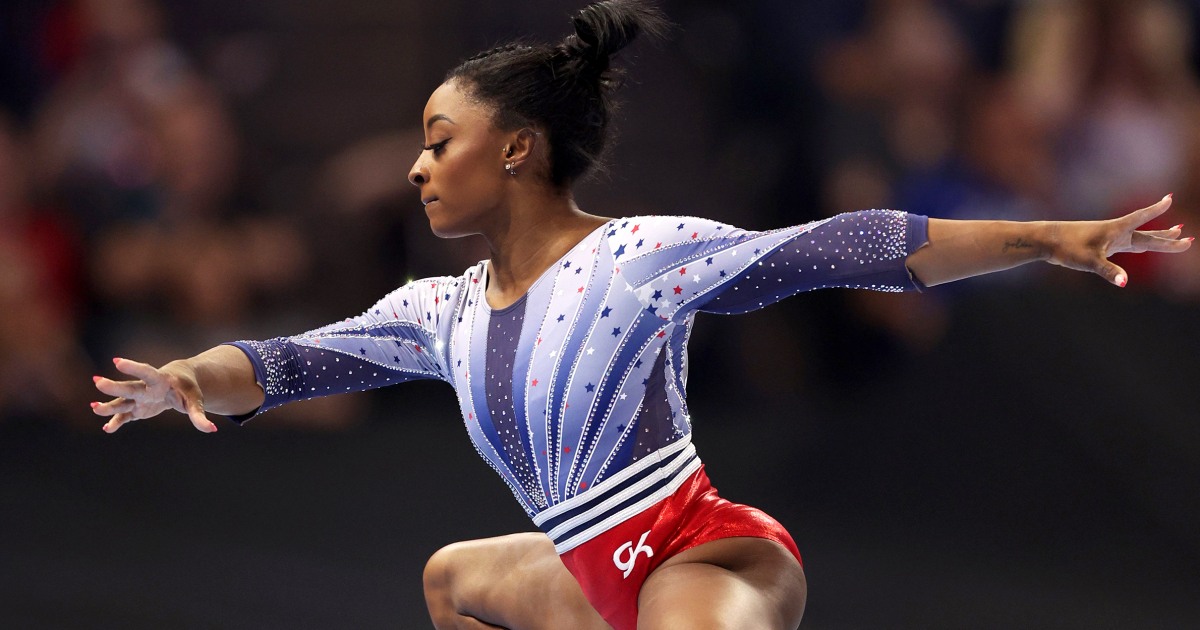Prevention and Treatment Strategies

Gymnastics injuries – Gymnastics is a physically demanding sport that can put a lot of stress on the body. This can lead to a variety of injuries, including sprains, strains, fractures, and dislocations. However, there are a number of things that gymnasts can do to prevent injuries and to treat them if they do occur.
Prevention
The best way to prevent gymnastics injuries is to warm up properly before each workout and competition. This helps to prepare the body for the demands of the sport and to reduce the risk of strains and sprains.
- Stretching exercises should be performed to improve flexibility and range of motion.
- Strength training exercises should be done to build muscle strength and endurance.
- Cardiovascular exercises should be performed to improve overall fitness and conditioning.
In addition to warming up, gymnasts should also take other precautions to prevent injuries, such as:
- Wearing proper footwear and clothing.
- Using proper technique when performing exercises.
- Avoiding overtraining.
- Getting enough rest and nutrition.
Treatment
If a gymnast does suffer an injury, there are a number of treatment options available. The best course of treatment will depend on the type and severity of the injury.
Some common treatment options for gymnastics injuries include:
- Rest.
- Ice.
- Compression.
- Elevation.
- Rehabilitation exercises.
- Surgery.
In most cases, rest is the best way to treat a gymnastics injury. This allows the body time to heal and to repair itself.
Ice can also be used to reduce pain and swelling. It should be applied to the injured area for 15-20 minutes at a time, several times a day.
Compression can also be used to reduce swelling. This can be done by wrapping the injured area with an elastic bandage.
Elevation can also help to reduce swelling. This can be done by propping the injured area up on pillows.
Rehabilitation exercises can help to restore range of motion and strength to the injured area. These exercises should be performed under the guidance of a physical therapist.
Surgery may be necessary in some cases, such as when an injury is severe or does not respond to other treatment options.
Recovery and Rehabilitation: Gymnastics Injuries

Recovering from gymnastics injuries requires a comprehensive approach that encompasses physical therapy, pain management, and mental health support. This process aims to restore the injured athlete’s physical abilities, alleviate pain, and foster a positive mindset conducive to a successful return to gymnastics.
Physical Therapy
Physical therapy plays a crucial role in the recovery process. It involves tailored exercises and treatments designed to:
- Reduce pain and inflammation
- Improve range of motion
- Strengthen weakened muscles
- Enhance flexibility
- Restore balance and coordination
Pain Management
Pain management is essential for facilitating rehabilitation and improving the athlete’s quality of life. It involves a combination of approaches, including:
- Medications (e.g., over-the-counter pain relievers, prescription drugs)
- Physical modalities (e.g., ice, heat, electrical stimulation)
- Injections (e.g., corticosteroids)
- Alternative therapies (e.g., acupuncture, massage)
Mental Health Support
Injuries can take a significant toll on an athlete’s mental well-being. Mental health support can help them cope with the emotional challenges of injury, such as:
- Anxiety and depression
- Fear of re-injury
- Loss of confidence
- Frustration and anger
Therapy, counseling, and support groups can provide a safe space for athletes to express their feelings, develop coping mechanisms, and build resilience.
Gradual Return to Gymnastics Activities, Gymnastics injuries
After the initial rehabilitation phase, a gradual return to gymnastics activities is crucial. This involves:
- Starting with light exercises and gradually increasing intensity
- Focusing on proper technique and body mechanics
- Listening to the body and resting when necessary
- Working closely with the physical therapist and coach
- Setting realistic goals and avoiding setbacks
Gymnastics is a demanding sport that can take a toll on the body, often resulting in injuries. One of the most common injuries in gymnastics is the vault, a complex move that requires immense power and precision. Among the many gymnasts who have mastered this technique, Kayla Dicello stands out for her exceptional kayla dicello vault.
Despite the risks associated with the sport, gymnasts like Dicello continue to push the boundaries of human ability, showcasing both the beauty and the challenges of gymnastics.
Injuries are a constant concern for gymnasts, but they can’t let that stop them from pursuing their dreams. The gymnastics olympic trials schedule is just around the corner, and these athletes are working hard to be at their best. They know that the road to the Olympics is paved with challenges, but they’re determined to overcome them.